Dungeness Crab Enchiladas
Being an avid outdoorsman has one drawback: Sometimes I have too much bounty from the activities I enjoy — fishing, clamming and crabbing. To keep the family from getting bored, I draw on another favorite activity — creative cooking.
Fishing, clamming and crabbing at the seashore in Oregon can be a tricky thing. First, you have to feel like doing it. Second, there’s the weather to consider. And third, ocean critters plan their daily lives around the tides and you must too if you want to catch them.
Fishing at the numerous jetties like the ones at Florence, Newport and Garibaldi is best on incoming tide or at slack tide (the period where there is little water flow change at the peak of high tide and the low point of low tide). Clamming is best when there is a minus tide, so the sand flats and clam beds in the sheltered bays are exposed and easy to get to. Crabbing is also best on incoming tide and slack tide. The Dungeness crab tend to follow the salt water out of the bay at outgoing tide, especially if there have been heavy rains, which flush fresh water into the bays.
This weekend the weather was beautiful, sunny, clear and warm for a winter’s day, so my friend Anne Thompson and I headed out to Nehalam Bay at sunrise to rent a boat and crab pots and go crabbing. While we waited for the lure of stinky fish to tempt crabs into our pots, we cruised up and down the mouth of the bay to gawk at a family of sea lions who were sunning themselves on the sand. As we got closer, the pups dove into the water, scared by the sound of our little outboard motor. It made me wish I had my cell phone with me so I could take a picture, but it’s been my experience that it’s seldom wise to take electronic gear out on the water. Electronics just don’t mix well with liquids or the sand.
I had packed a picnic lunch, so on our way back to Salem, with 10 crabs stoned senseless from the ice in the cooler, we stopped at the docks in Garibaldi to enjoy our meal. A hint for those of you who may want to go crabbing: Keep the ice in bags in the cooler so that you minimize the possibility that the ice will melt and the crabs will take in fresh water from the ice and die. Lying on top of bags of ice in a cooler, the crabs will go comatose and stay alive for the drive back from the coast. They recirculate the seawater trapped in their gill cavities to stay alive.
When you get home, steam the crabs right away. Steaming is my preferred method to boiling. I think boiling the crabs makes the flesh soggy. Steaming them makes the flesh stay firm so it’s easier to pick the cooked crab, and also I think it’s more flavorful.
For an added twist, instead of steaming the crab with boiling water, steam the crabs with dry white wine like a pinot gris with a bunch of coarsely chopped carrots, a bunch of parsley, a few stalks of coarsely chopped celery and a few bay leaves in the wine. This will lend the crab a wonderful flavor and make it smell and taste less fishy.
With this weekend’s crab haul, I experimented with two dishes, Dungeness Crab Enchiladas and Dungeness Crab Eggs Benedict (see next post).
Dungeness Crab Enchiladas
- The meat from 2 steamed Dungeness crabs
- 12 corn tortillas
- 24 ounces (680 gr.) of queso fresco (Mexican white cheese)
- 1 yellow onion, sliced thinly
- 1 chopped tomato
- 2-3 tablespoons (30-45 ml.) canola oil
- 2 green jalapeños, seeds removed and sliced into small pieces
- 1 tablespoon (15 ml.) Mexican oregano
- 1 teaspoon (5 ml.) ground cumin
For the beans
- 2 tablespoons (30 ml.) canola oil
- 3 15-ounce (1.3 kg) cans of Ranch Style beans
- 1/2 yellow onion, finely chopped
- 1 green jalapeño, seeds removed and finely chopped
For the sauce
- 2 pints (1/2 l.) heavy whipping cream
- 3 dried ancho chili peppers
- 1 head garlic
- 1 teaspoon (5 ml.) salt
Preparing the sauce
- Preheat the oven to 400 degrees F (205 C). Slice off the top of the head of garlic and rub the entire head with oil. Place in an oven-safe dish or pan and roast for 10-15 minutes. After roasting, squeeze the bottom of the head of garlic and the flesh should all pop out the sliced top. Put all of the roasted garlic flesh in a blender, along with the heavy cream.
- Fill a small saucepan with 3-4 cups (710-950 ml.) of water and bring to a boil. Turn flame down to a simmer and put in the dried ancho chili peppers and simmer for 15 minutes until the peppers are soft. Turn off the heat and let cool in the liquid. Keep the liquid from the saucepan.
- When the peppers are cool, slice open the chilis and discard the stems and seeds. Put the remainder of the chilis into the blender.
- Spoon 8 ounces (240 ml.) of the chili liquid from the saucepan into the blender.
- Add salt to blender.
- Blend until smooth and set aside.
To cook the beans
- In a medium saucepan, sauté the chopped yellow onion until translucent.
- Add the chopped jalapeños.
- Add the 3 cans of beans. Stir well to mix. Bring to a boil and reduce heat to simmer 15 minutes. Turn off heat and set aside.
To assemble enchiladas
- Oil a large rectangular oven-safe baking dish. Preheat oven to 350 degrees F (177 C).
- In a skillet, sauté the sliced yellow onions and jalapeños in the oil until onions are translucent. Add cumin and Mexican oregano and stir until mixed thoroughly. Turn off heat and set aside
- Crumble the queso fresco into pieces (like the consistency of crumbled goat cheese).
- Microwave the tortillas for 1 minute to make them soft so they won’t crack or, alternatively, brush them with oil and heat them in a pan over medium heat for a few minutes on each side until soft.
- Assemble the enchiladas one at a time by filling each with the sauteed onions and jalapeños, some crab meat, some queso fresco, some tomatoes, and then roll and arrange in baking dish.
- Spoon some of the beans over the tops of the assembled enchiladas, sprinkle some queso fresco on the top and bake for 15 minutes.
- While the enchiladas are baking, in a small saucepan heat the ancho chili cream sauce over a low flame, taking care not to let it boil and separate.
- When the enchiladas are done baking, pour some of the ancho chili cream sauce over them, garnish with any remaining chopped tomatoes and some chopped cilantro.
- Serve enchiladas with the remaining beans as a side dish.
Enjoy!
— Vic
Category: Seafood
About the Author (Author Profile)
Victor Panichkul is a journalist and writer by training; a cook, wine lover and photographer by passion; and a lover of the outdoors since moving to Oregon more than 10 years ago. He is a native of Bangkok, Thailand.
 Dungeness Crab Enchiladas
Dungeness Crab Enchiladas





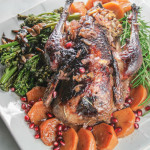
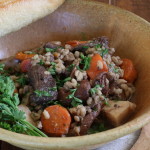
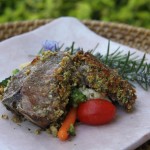

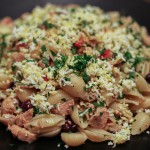
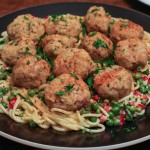
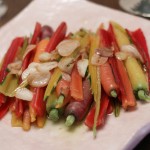
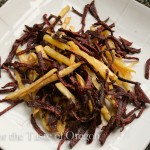


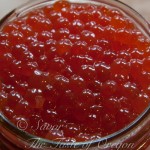
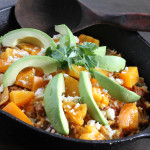

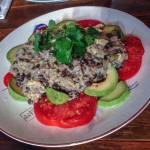
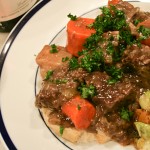
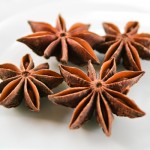
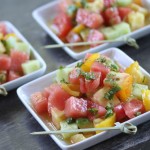
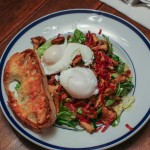
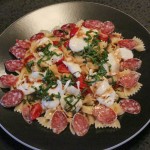
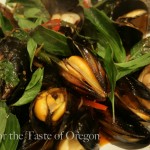
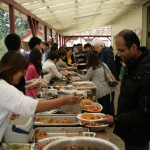

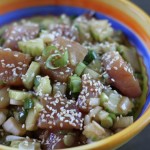
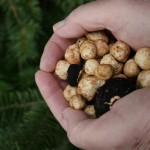
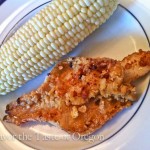
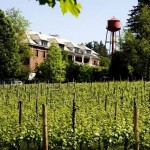
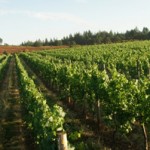
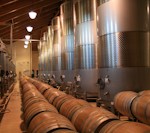
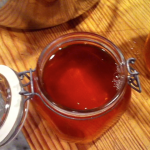
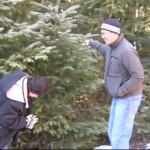
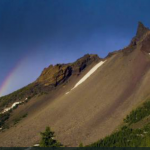



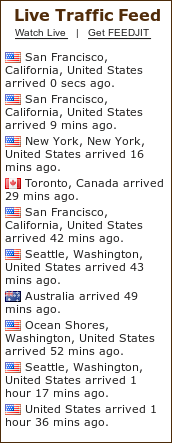





That looks delicious, love enchiladas and crab…even more
For novice cooks, be careful with the sauce. I blended it too long and it coagulated. I used store bought sauce instead, it was good.
Yes, remember that the sauce is comprised of 2 pints of heavy cream so if you blend it too long, you’ll end up with whipped cream!
If you do blend it too long, a way to correct the sauce is to add some more of the chili liquid and stir it until the sauce becomes liquid again.